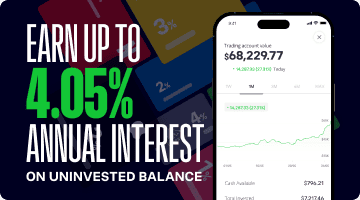Pool Corporation (POOL): Diving Deep into a Market Leader
Executive Summary:
Pool Corporation (NASDAQ: POOL) has established itself as the undisputed global...
Is Adobe a Value Trap?
Should I revisit my thesis? Should I trim, hold, or sell Adobe $ADBE ?
As professional investors...
How to build a MOAT and be unbelievably profitable: $WISE.L
$WISE.L is a growth company, with the profitability of a cash cow, and the valuation of a slow...
Pepsi: Turnaround in the Making?
Pepsi stock is looking cheap, but under the hood, things are a bit shaky
The company has...
The $34 Trillion Time Bomb
The United States is hurtling toward a financial reckoning. With the national debt now exceeding...
Rheinmetall: Strong Momentum, But Limited Upside?
Rheinmetall is riding a surge in European defense spending and geopolitical tensions
With...
Is Google Losing Moat? An In-Depth Look!
Hey Everyone!
There’s been a lot of noise lately around Google ($GOOGL). Between lawsuits, AI...
Ray Dalio’s All Weather Portfolio: Still Storm-Proof After 2022’s Rate Shock?
Introduction
Ray Dalio’s All Weather Portfolio is one of the most famous investment strategies...
LyondellBasell: a high-yielding dividend value trap or an opportunity for contrarian feedstock shifts?
LyondellBasell’s ($LYB) recent stock performance highlights significant changes in the polymer...
Walmart Stock Analysis 2025: A Defensive Giant with Lasting Power
Walmart ($WMT) is often included in conversations about defensive stocks, but its role goes beyond...



